
UDK: 616-009.17+616-08-039.57+615.84
S.V. Nedogoda , A.A. Ledyaeva , A.S. Salasyuk , E.V. Chumachek , V.V. Tsoma , V.O. Lutova , E.A. Popova , D.C. Vlasov , O.I. Bychkova2, V.A. Labaznikova 1, K.S. Evdokimov
¹Волгоградский государственный медицинский университет, Волгоград, Россия 2Военно-медицинская служба, Волгоград, Россия
Aim: to assess the efficacy of Transcutaneous Supraorbital Nerve Stimulation (t-SNS) with the Cefaly® Device on the parameters of asthenia and anxiety, as the main components of psychosomatic changes after suffering COVID-19. Materials and methods: an open prospective study in parallel groups was conducted. 60 patients, 30 men and 30 women, average age (61,3 ± 4,1) years, after a coronavirus infection (COVID-19) more than 6 months ago, meeting the following criteria: age from 60 to 75 years old, presence of asthenic syndrome, no contraindications to supraorbital neurostimulation was included. By the envelope method, patients were randomized into two groups. In the Cefaly® group (30 people), patients underwent 10 proce-dures (3 times a week) of t-SNS with the Cefaly® Device (Cefaly Technology sprl, Herstal, Belgium) in combination with restorative treatment according to temporary methodological guidelines for medical rehabilitation for a new coronavirus infection (COVID-19), in the control group (30 people), patients received only rehabilitation treatment. The results were evaluated using the Multidimensional Fatigue Inventory (MFI-20) and the Hamilton Anxiety Rating Scale (HAM-A) at baseline and after 24 days of therapy. Results: Cefaly® in addition to the standard rehabilitation program effectively reduces the severity of asthenia symptoms – in the Cefaly® group it was 33,6 %, in the control group – 14,4 %. The use of Cefaly® affects all components of the asthenic syndrome (reduced activity, reduced motivation, physical and mental asthenia). The standard rehabilitation program had an effect only on physical asthenia and reduced activity, but not on parameters of reduced motivation and mental asthenia. The reduction in total score from baseline on the HAM-A anxiety scale in the Cefaly® group was 55,16%, in control group – 19,74 %. Cefaly® therapy had the greatest effect on insomnia and tension. It should be noted that the standard rehabilitation program has little effect on anxiety scores. However, after treatment, both groups maintained a high mean total asthenia score (MFI-20 – 42,5 points in the Cefaly® group, 63 points in the control group), which once again confirms that post-COVID changes (Long COVID) are long-term in nature even with availability of adequate therapy. Conclusions: The use of transcutaneous supraorbital nerve stimulation can more effectively reduce the severity of symptoms of asthenia and anxiety in people who have recovered from COVID-19.
COVID-19, neurostimulation, trigeminovascular reflex, supraorbital nerve, Cefaly®, asthenia
Алла Александровна Ледяева, ledy-alla@yandex.ru